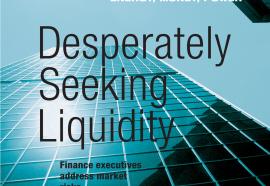Sub-Primed and Ready
Will the turmoil on Wall Street spur a massive flight to utilities?
There remains a concern that during the next economic downturn investors will pass on utilities again. The reason is that the industry’s risks are still opaque to investors.











